I found another new-to-me flower today during a late May walk around Riverwood Conservancy in Mississauga. I was taking a photo of a showy clump of wild geraniums or cranesbill when I happened to notice another flower growing beside it. This flower grew in two clusters. Each trumpet-shaped pale purple and white blossom was at the top of its own long hairy stem with no obvious leaves: but what was the plant’s name?
Why Is This Attractive Flowering Plant Called “Cancer Root?”
This plant has two common names, neither of which is appealing. It’s called One-flowered Cancer Root or One-flowered Broomrape.
I wondered if the root was supposed to be medicinal. It isn’t listed in the Peterson Field Guide to Medicinal Plants and Herbs of Eastern and Central North America.
On the USDA Forest Service webpage about a similarly named plant, American Cancer Root, it says they could not find any connection to a treatment for cancer using the plant, nor anyone blaming the plant for causing cancer. They theorize the name may come from the parasitic nature of the plant. That sounds reasonable as both this plant and a cancer are unwanted growths that depend on their hosts.
Why Does This Flower Have No Leaves Just Hairy Stems?
Although I didn’t touch them to get first hand evidence, the stems of One-flowered Cancer Root are reportedly sticky.
(The park that I was in hosts Poison Ivy, Cow Parsnip, Stinging Nettle, Wood Nettle, Wild Parsnip and even a few stubborn Giant Hogweed plants fighting against selective spraying. So I don’t touch plants that I don’t recognize. I made the mistake of pulling weeds in my backyard last summer, though, and ended up with a weird rash in the palm of one hand that lasted two weeks.)
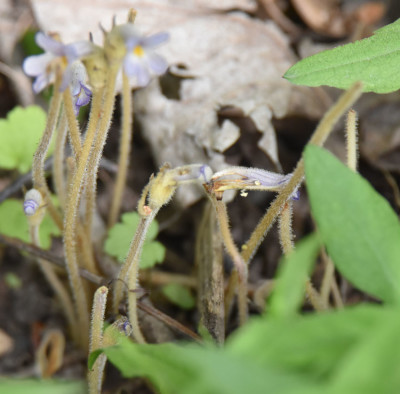
Three days after I first spotted them, the flowers were finishing quickly.
The Broomrape or Cancer Root stems are hairy looking and rather long. With a twig, I held aside some other plants that were growing close by to look and see if their were any leaves coming up or basal leaves. Nothing. The flowering stems were coming straight up from the soil.
When I looked up this plant, I discovered the leaves are not just coming out later—this plant does not grow green leaves and does not photosynthesize. It’s a type of plant parasite that gets the extra nutrients it needs from other green-leaved plants.
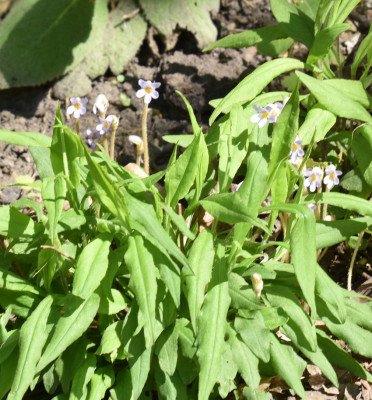
I wonder if they are living off the roots of these green-leaved plants?
It does, according to the Audubon Society Field Guide to North American Wildflowers have “overlapping brown scales near the base.”
Where Does One-Flowered Cancer Root or Broomrape Grow? Is It a Native?
Although I’ve never seen it before this is a very widespread native North American plant. The USDA Forest Service reports it’s found in all provinces of Canada (except Saskatchewan) and all of the continental US states.
The USDA also reports the plant will live in “damp woods and thickets” and from the lowlands to moderate mountain elevations.
My plants were on a dry slope at the base of a mature tree in a fairly open location. Nearby were wild Geranium or Cranesbill plants in bloom. I’m not sure exactly what plants were adjacent to them—the leaves were long and narrow like an aster or some types of goldenrod. if I can remember, I should keep an eye on them as they continue to develop for the summer and identify them: it’s quite possible that it is parasitic on those nearby plants’ roots.
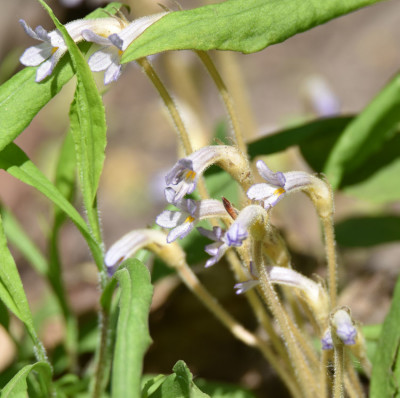
Three days after I first saw them, they were maturing quickly. Note that they seem to be swelling into seed pods below the flowers although I don’t know whether that’s what it does.
I checked online to see what Credit Valley says about this plant. On the 2002 Credit Valley Plant document, it lists One-flowered Broomrape as locally rare in the Greater Toronto Area and in Credit Valley. That could be due to lack of park land or perhaps because it’s not a particularly obvious plant from a distance it may be under-reported. I’ll let Riverwood know that the clump is there in case it isn’t already on their list for the park.
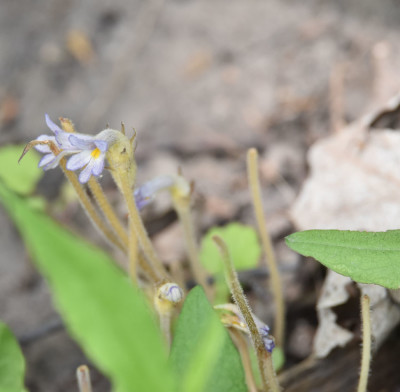
Many of the flowers seemed to be nipped off when I checked after 3 days.
What Does This Parasitic Plant Do?
According to the Audubon Field Guide the parasitism occurs at the roots. So this flower steals nutrients from its host plant at the root level. That may explain why its blossoms were so close to other plants that I had to ease their leaves aside to examine it more closely. There was no obvious point of contact above the soil level between it and another plant. It’s possible, though, that the roots are attached to another plant that is much further away or much larger. A similar plant that also grows in Riverwood is the Beechdrop which steals nourishment from Beech tree roots.
It was interesting to find such attractive flowers and even more fun to discover it is less than common in my area and has an unusual method for surviving. I’m now trying to spot any other patches to see if I’ve just been walking blindly by it for weeks like a large group of Wild Columbines I recently found!
Related Reading
- [Beechdrops Blossom In the Dogdays of Summer]
- How and Why Do Northern Pitcher Plants Eat Their Prey?
- A Good Place to Find Pitcher Plants in Nova Scotia
- The Secrets of Sundews
Join In
Have you seen this plant growing near you? It’s supposed to be widespread and fairly common, although a bit more unusual in developed urban areas. Please share your sighting with a comment.

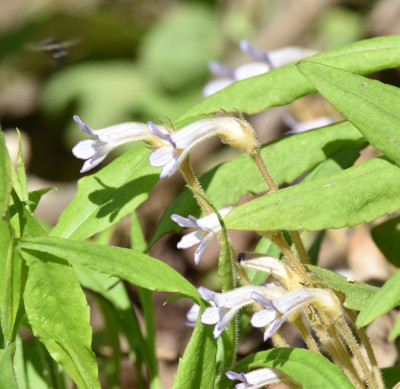
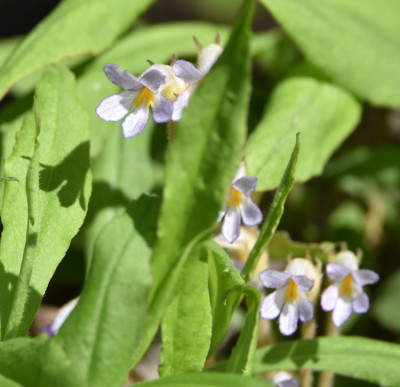
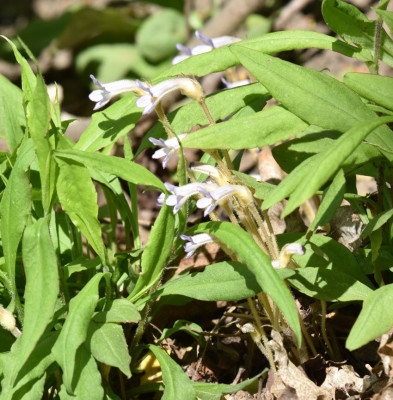
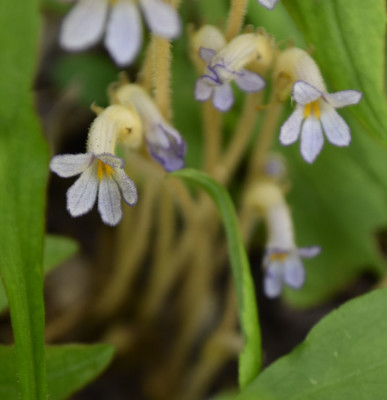
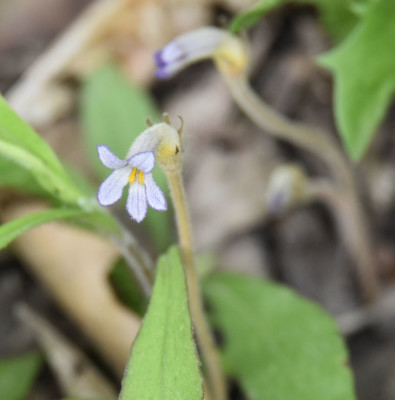
found this in Hampshire County, WV today. Thank you for identifying it!